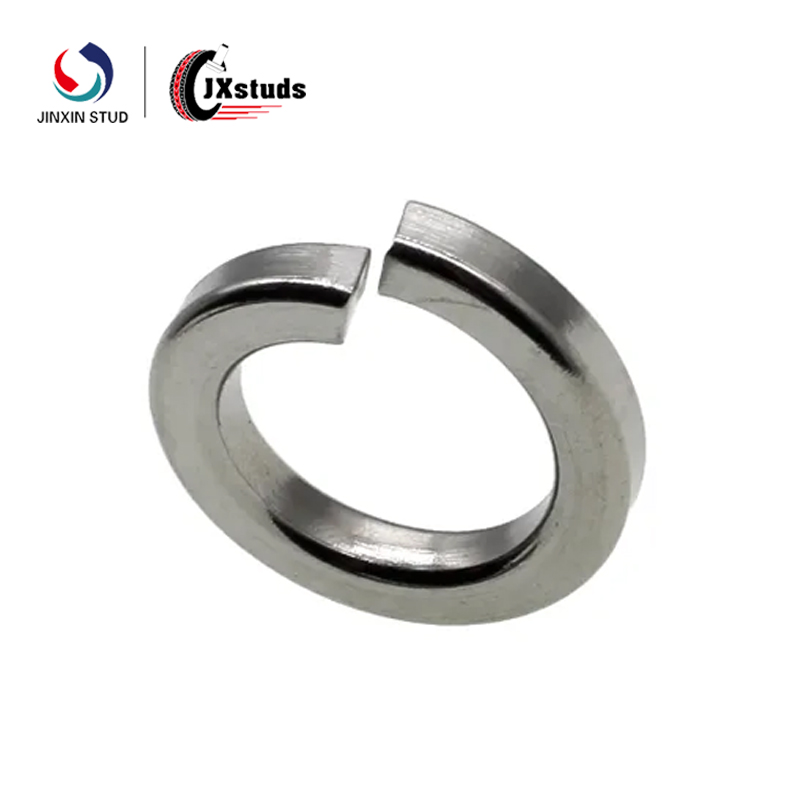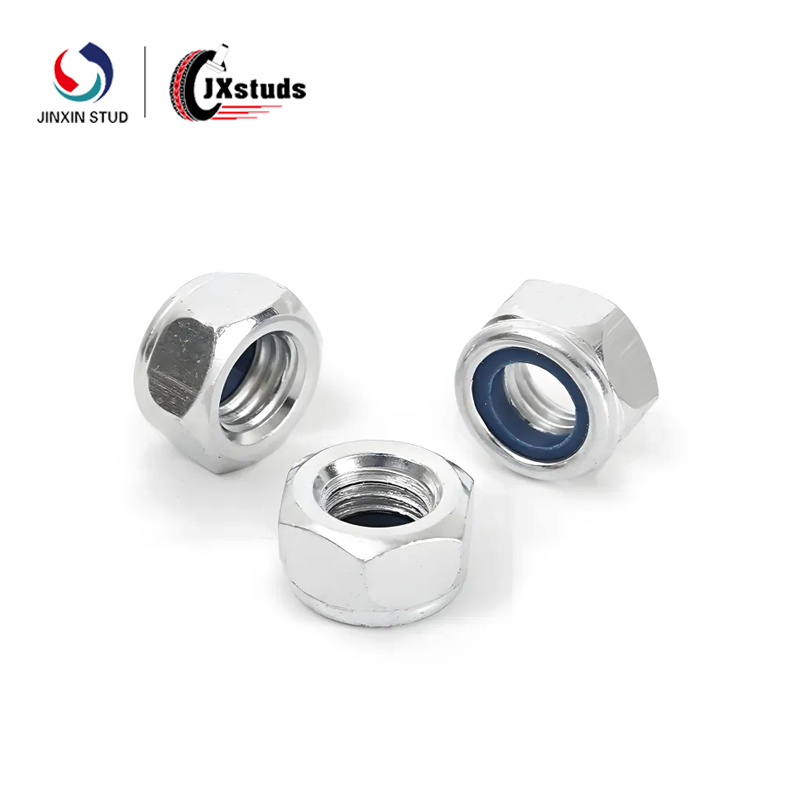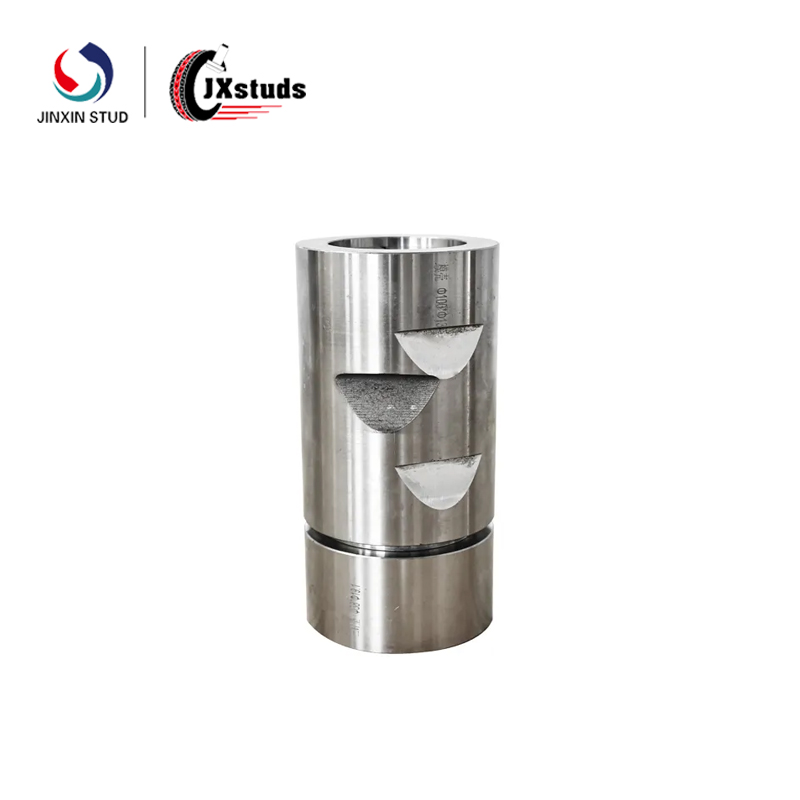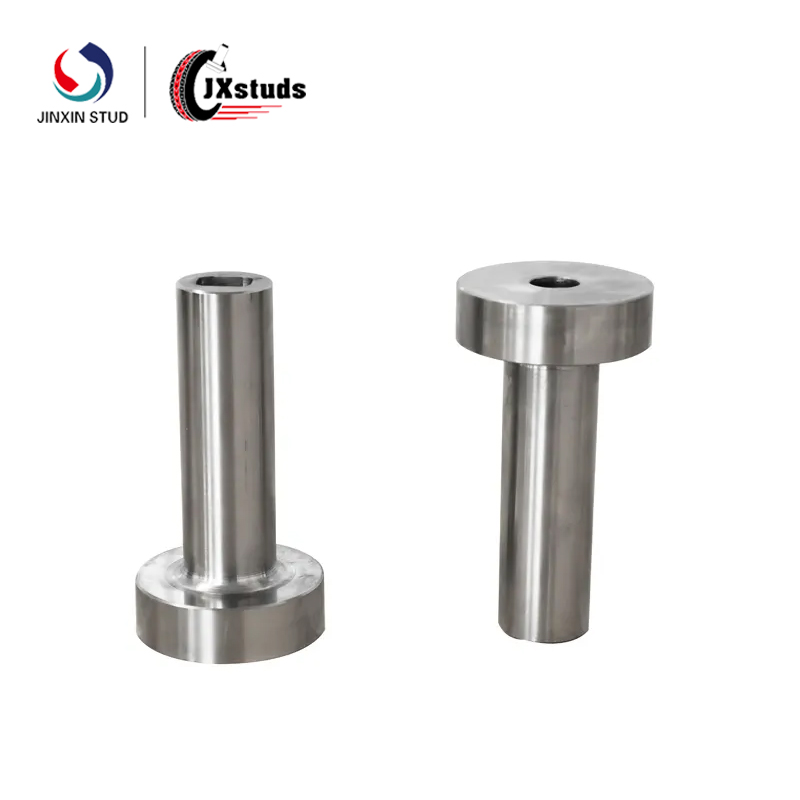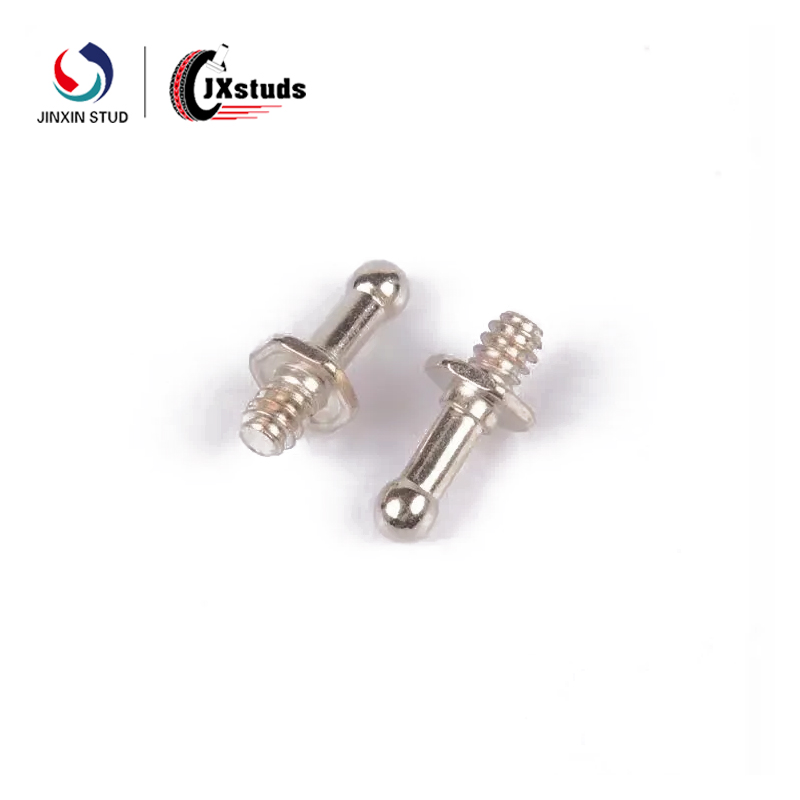Cold forming is widely used in the production of automotive, hardware, electronic, and mechanical components due to its high efficiency, energy savings, and excellent material utilization. As the core tool in this process, the cold forming die directly determines part precision, surface quality, and overall production efficiency.
Before designing a cold forming die, a comprehensive part analysis must be conducted. This includes evaluating the part’s size, shape, wall thickness, and dimensional tolerances. Different metal materials—such as carbon steel, stainless steel, copper, and aluminum alloys—exhibit varying ductility, hardness, and springback characteristics. Therefore, it is essential to assess whether a part is suitable for cold forming and to determine the required processing steps, such as drawing, blanking, and bending.
Next comes the die structure design, which is the core stage of cold forming die engineering. The structure determines forming accuracy and die lifespan. Depending on production requirements, designers may select a single-punch, progressive, or compound die. Key components such as upper and lower dies, ejector pins, guide posts, and bushings must be precisely designed to ensure smooth and stable forming performance.
The selection of die material also plays a critical role. The choice of material and heat treatment process directly affects the die’s wear resistance, toughness, and service life. Common materials include high-speed steel, cold work tool steel, and tungsten carbide. Heat treatment methods such as hardening and tempering improve hardness and wear resistance while maintaining sufficient toughness for extended operation.
Once the design is finalized, die manufacturing begins. This stage transforms the digital design into a physical tool through processes such as milling, grinding, wire cutting, and EDM. Precision testing and fine-tuning ensure all components meet the required tolerances. The die is then assembled and commissioned, often using dry punching or trial forming to verify movement accuracy and forming quality.
The final step is trial and optimization. During this phase, the produced parts are inspected for dimensional accuracy, shape consistency, and surface finish. Based on the trial results, adjustments are made to parameters such as die clearance, ejector stroke, and guide alignment. This ensures the die can perform stably and reliably during long-term mass production.

In summary, the cold forming die design process involves part analysis, process evaluation, structural design, material selection, machining and assembly, and trial optimization. Each stage directly affects the quality of the formed parts and the efficiency of production.
Choosing an experienced cold forming die supplier ensures not only high precision, durability, and customized design solutions, but also optimized production efficiency and reduced overall cost. With comprehensive capabilities covering design, manufacturing, and mass production support, we are committed to delivering cold forming dies that provide long-lasting stability and reliable performance for every manufacturing need.




